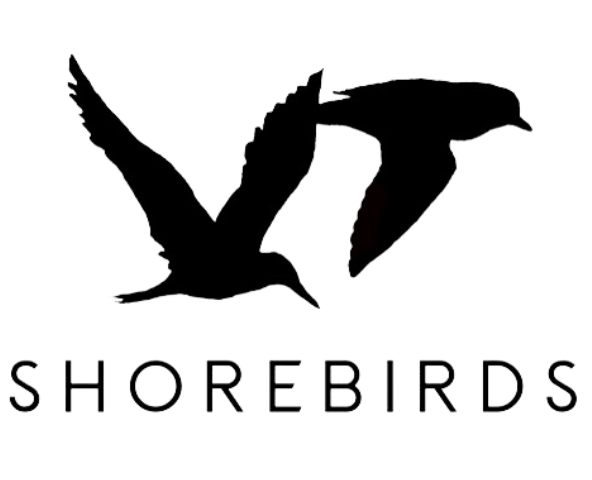
Designing and implementing research for conservation.
Full life cycle conservation
From breeding season habitat limitation, to stopover ecology, to the effects of human disturbance on wintering birds, our work spans flyways and seasons. Our biologists are dedicated to understanding the linkages across scales and applying that knowledge to conservation. Advances in tracking technologies and modeling have allowed biologists to complete the annual picture for many species, and our group is in the vanguard of scientists applying these theories and practices to the conservation and management of waterbirds.
Migratory connectivity of piping plovers Charadrius melodus across two flyways. We studied the application of Bergmann’s rule to piping plovers throughout their breeding and wintering ranges to understand how the pattern applies to a migratory species.
Habitat suitability
Habitat loss is one of the most pervasive threats to biodiversity affecting habitats and species throughout the globe. The interplay between organisms and their habitat and the patterns that emerge can teach us a great deal about selection and ecology. While the connection between species and their habitats is broadly accepted, the connections between habitat and overall fitness often are less well understood. Despite the difficulties in understanding such intricate relationships, as habitats rapidly change and are lost, it is imperative that we understand the nuances of habitat selection and its relationship with fitness.
Classification of suitable (red) and unsuitable (blue) plover habitat prior to (top) and after (bottom) hurricane Sandy struck Fire Island, NY
Population limitation
Population regulation through density dependence is a fundamental concept in ecology and underpins many of the fluctuations in animal abundance that we observe. Many of our projects focus on the factors that limit population growth in imperiled species, using this knowledge to guide management of these species to achieve meaningful, long-term results for conservation. Read more about exponential and logistic growth on Khan Academy’s website.
Image credit: Khan Academy - Examples of common population growth curves.
Anthropogenic disturbance
The impact of habitat loss and degradation on shorebirds often is exacerbated by increased human recreational use (e.g., off-leash dog walking, off-road vehicle use) that reduces the amount of functional coastal habitat available for shorebirds. However, the overall impacts of human recreational use on the population dynamics of shorebirds have been difficult to quantify, and conservation measures aimed at reducing conflict between shorebirds and recreational users of the coast are often controversial or not effective. Our team is working with researchers and managers throughout the Atlantic Flyway to understand and manage human disturbance in the most effective way possible.
One of our biologists surveys for shorebirds and potential sources of disturbance in Long Island, NY. Photo: A DeRose-Wilson.
Training leaders in conservation and research.

peer-reviewed science
Applying knowledge.
Publications in peer-reviewed journals are the currency of research, and they represent the culmination of years or even decades of work. One of the strengths of our program is the commitment to the advancement of scientific knowledge through these publications and our efforts to tailor them to pressing conservation and management needs.
One of two Wildlife Monographs produced by VTShorebirds in the last decade. Contact us for reprints of any of our publications.





